Every modern browser has the option to clear temporary files, including cookies. But sometimes it is not a total cleanup that is needed, but selective viewing, editing and deleting of cookies stored by the browser. Below is a description of how to access this option in the most popular browsers.

Instructions
Step 1
In the Opera browser, to access all the cookies it stores, go to the "Settings" section in the "Main Menu" and select the "General Settings …" item there (or press the CTRL + F12 key combination). As a result, the browser settings window will open, in which you need to go to the "Advanced" tab, select the "Cookies" section on the left panel and click the "Manage Cookies" button.
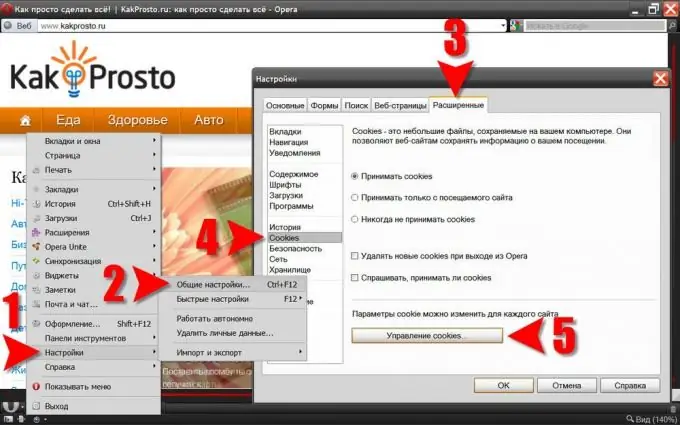
Step 2
In Opera, in the cookie management window, you can find the one you need, select it and click the "Edit" button to see the contents of the record. You can edit the cookie if you want.
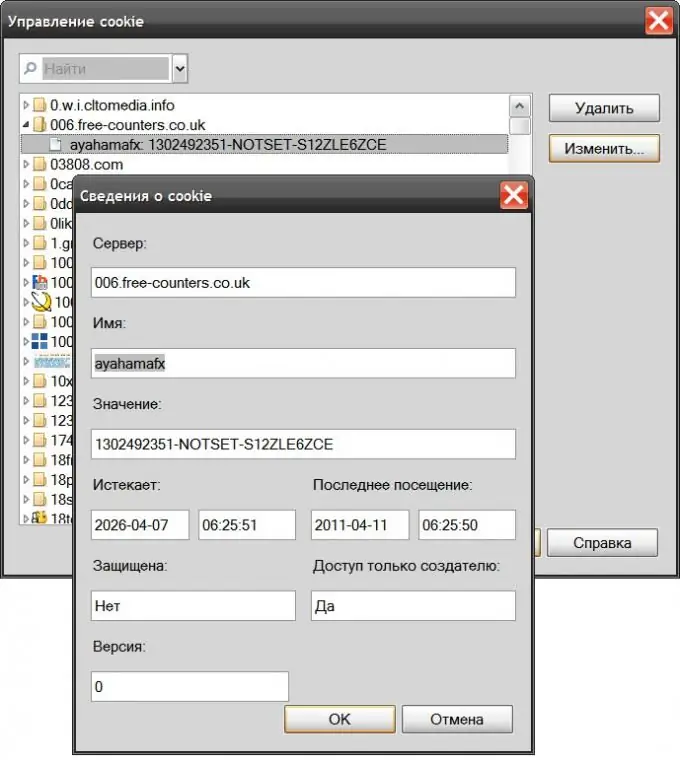
Step 3
In Mozilla FireFox, to get to cookies, you need to select the "Tools" section in the menu, and click on the "Settings" item in it. In the settings window, go to the "Privacy" tab and click the button that says "Show Cookies …". This will open a window with a list of saved cookies, where you can search and view their contents.
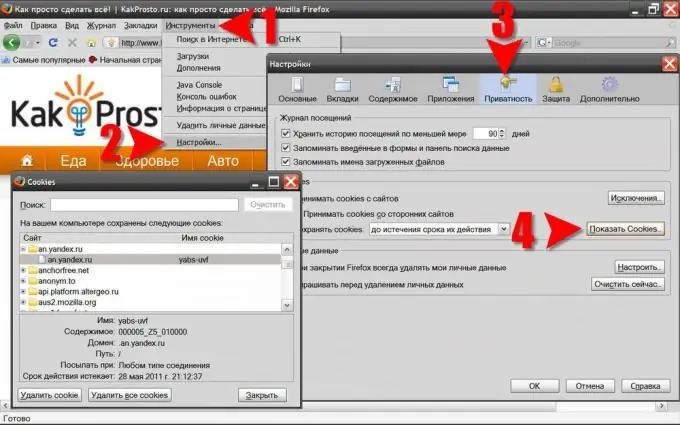
Step 4
In Internet Explorer, the path to the cookie store is through the menu section called "Tools" and the item "Internet Options" in it. Clicking on this item opens a window in which you need to click on the "General" tab that one of the "Options" buttons, which is located in the "Browsing history" section. After that, the following window will open with the title "Temporary files options" where you need to click the button labeled "Show files".

Step 5
In this way, in Internet Explorer, you will be taken to the folder where all temporary files are stored. If you click on the "Name" column heading, the files are sorted by name and all cookie files are grouped into one block. You can find the one you want and open it for viewing and editing in a regular text editor.

Step 6
The Google Chrome browser has the longest sequence of actions to access cookies. First, you should click the wrench icon in the upper right corner of the window and select the "Options" item from the menu. This will open the "Settings" page, in the left pane of which you need to click the "Advanced" link. On the advanced settings page, click the Content Settings button to open a new window.
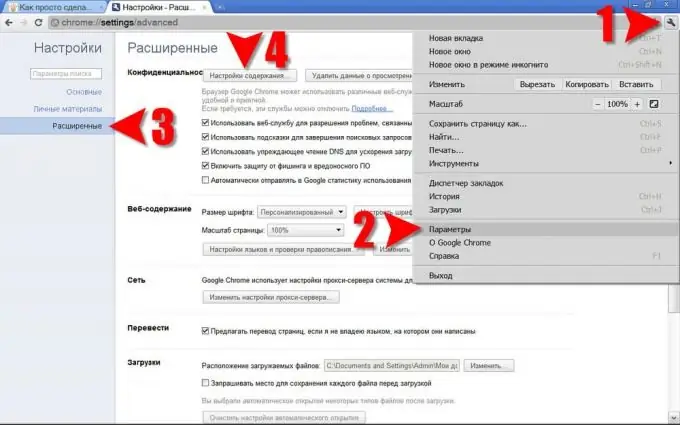
Step 7
In the new window, you need to click on the All Cookies and Site Data button. This will be the last point in the transition to the cookies saved by the browser.
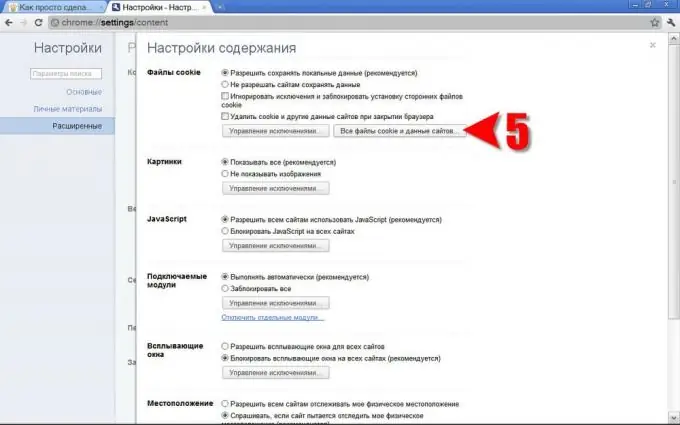
Step 8
In Google Chrome, you will be able to view and delete cookies.
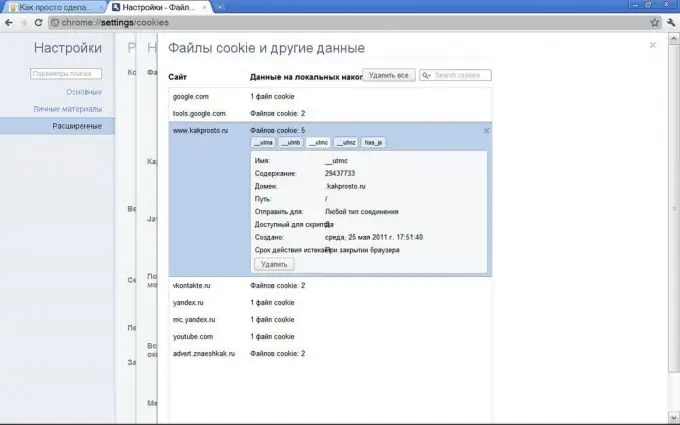
Step 9
In the Safari browser, you also need to click the icon in the upper right corner to access the cookies - the one with the gear. In the menu, select "Settings …", which will open a new window. In it, you need to go to the "Security" tab and click the "Show Cookies" button. In Safari, you only have the option to search for and delete cookies.






